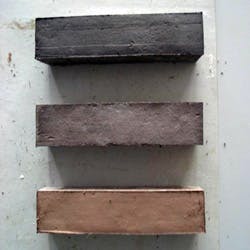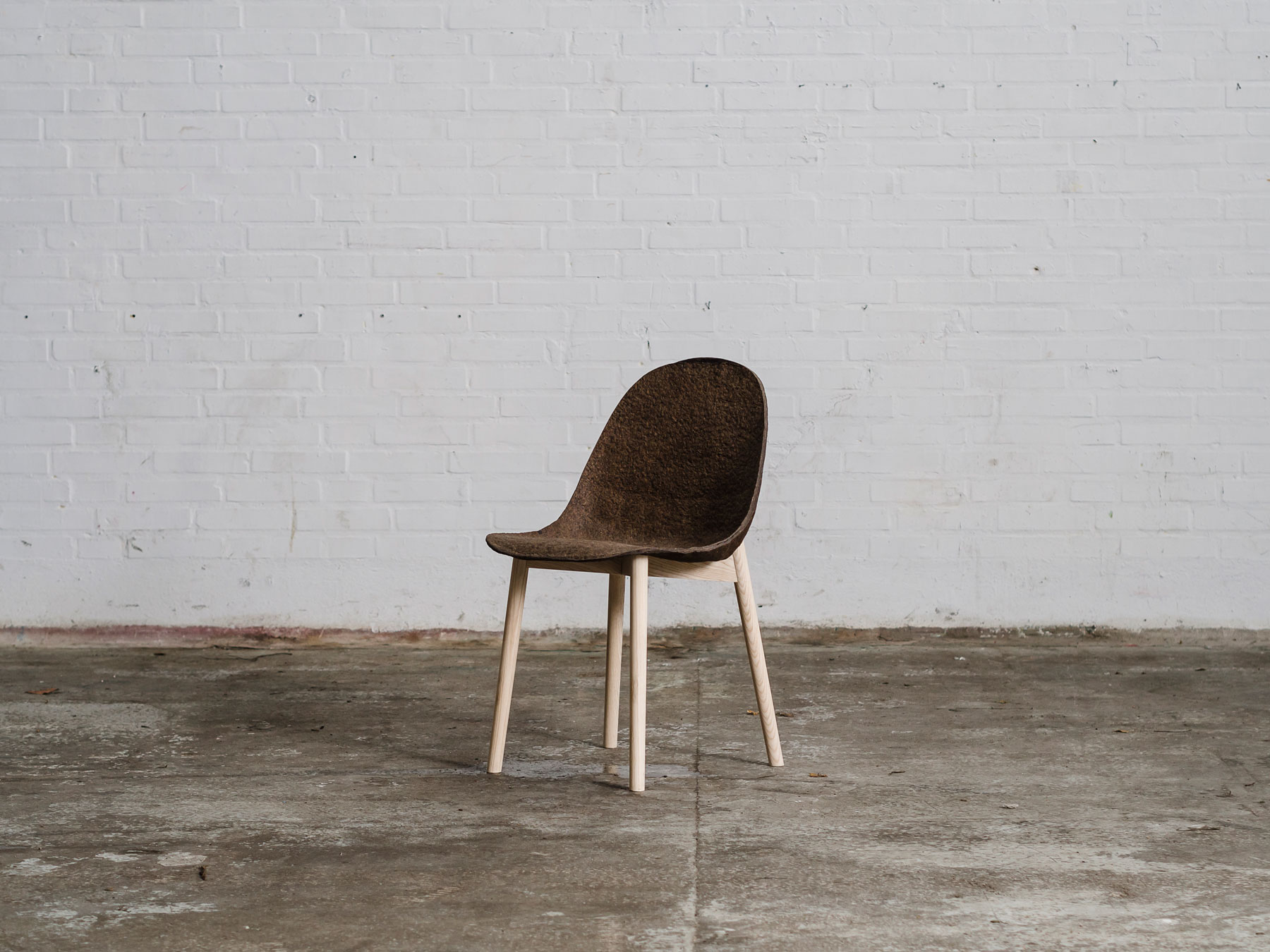Isle of Skye, Scotland
Seaweed is a waving aquatic sea vegetable that has lingered along coastal waters since the beginnings of early folklore. With over 10,000 varieties, it has commonly been used as food, nutritional supplements, herbal medicine and as an ingredient for numerous beauty products. However, there are more uses that seaweed provides than we likely have fully realized.
Today, seaweed is being further utilized and turned into biofuel, animal feed, fertilizer, pharmaceuticals and even biomass that can power cars. This fast-growing agricultural product and economy is becoming steadily cultivated in the U.S. with leaders such as Sea Greens Farms and research and development is increasing across the world. There are even new studies underway focusing on seaweed's ability to sequester carbon emissions in the atmosphere. Seaweed and kelp varieties are diverse and unique to various regional waters and people are tapping into other innovative ways to use this plentiful resource for a more eco-friendly planet.
PLASTIC ALTERNATIVES
LOLIWARE has an edible straw, LOLISTRAW, made of seaweed in development that you can reserve to buy for August delivery, when you can test them out for yourself for an end of summer celebration. These hyper-compostable straws come in clear, black and flavorful vibrant colors. If you don't feel like eating the straw and it ends up in the ocean, like so many plastic straws plaguing the oceans, the straw will biodegrade into nutrients for marine life.
Beaches and oceans are becoming inundated with plastic everything. This year, China has refused to continue to accept the world's plastic recycling. Plastic particles are ending up in the fish we eat, in the water from our home taps and also seeping into water in the plastic water bottles that we drink out of. Skipping Rocks Lab has created Ooho, which are edible water pouches that serve water in a thin circular membrane made of brown algae from seaweed. While they are developing the idea further, it is a promising alternative to the plastic water bottle.
Ooho edible water pouch by Skipping Rocks Lab
FOOD and PRODUCT PACKAGING
Evoware is a company out of Indonesia that has a variety of seaweed-based packaging including food wraps, single serve coffee and seasoning sachets and soap packaging. All of their packing is 100% biodegradable and even works as a natural fertilizer for plants. Restaurant owners, soap makers and instant noodle, spice and coffee manufacturers take notice—this is environmentally-friendly packaging for your business.
Evoware's seaweed-based packaging
BUILDING MATERIALS
Danish firm Vankunsten design-built a house using timber-frame panels with dried seaweed packed into nets as insulation. A layer of roofing felt was then added and the roof and facade was cushioned with the stuffed seaweed nets as exposed thatching. The seaweed does not rot, mold or attract pests and the house is expected to last as long as any other house. The project was inspired by the eelgrass seaweed-thatched houses that were prevalent on the island of Laesoe since the 1600's. It would be great to see more of these structures built in similar regions.
Seaweed house by Vankunsten
Researchers at Spain's University of Seville partnered with Glasgow's University of Strathclyde to produce an unfired brick made with clay earth, seaweed extract and wool fibers. These bricks proved to increase strength while using less energy because the bricks are not fired. They have yet to be manufactured commercially.
Scottish clay, wool and seaweed brick
TEXTILES
Bioyarn is a new textile component made of kelp that is being developed by AlgiKnit out of New York. They are working to make bio-based textiles including t-shirts and even sneakers out of the bioyarn. It doesn't dissolve in water, flexes and it can eventually biodegrade in a compost environment.
Handknit Bioyarn by Algiknit
Emirates airline is using seaweed-infused pajamas for their first class passengers. The pajama fabric is pressed with seaweed capsules and then moistures the skin, which is typically prone to becoming dry during flight. The moisturizing effect only lasts for up to 10 washes.
DYES, FURNITURE and PAINT
Another designer who is researching ways to use seaweed to make natural dyes and algae yarn is Nienke Hoogvliet. The dye colors she extracts from the seaweed includes greens, browns, greys, pinks and purples. She also uses handwoven seaweed yarn to make furniture and then uses the waste from that process to make a paint.
Seaweed dyes and yarns by Nienke Hoogvliet
Chair made with seaweed yarn and paint by Nienke Hoogvliet
Professor and designer Julia Lohmann creates many works of art with seaweed, including furniture as well and has spearheaded a Department of Seaweed at the Victoria & Albert Museum. Additionally, Jonas Edvard and Nikolaj Steenfatt created a chair seat material made of paper mixed with seaweed harvested from the beaches of Denmark.
If you have any products that you are working on, we would love hear about them. With all of these innovations using the power of seaweed, it is only imaginable what could come next.
Seaweed bench by Julia Lohmann
Chair made of Seaweed and Paper by Jonas Edvard and Nikolaj Steenfatt










